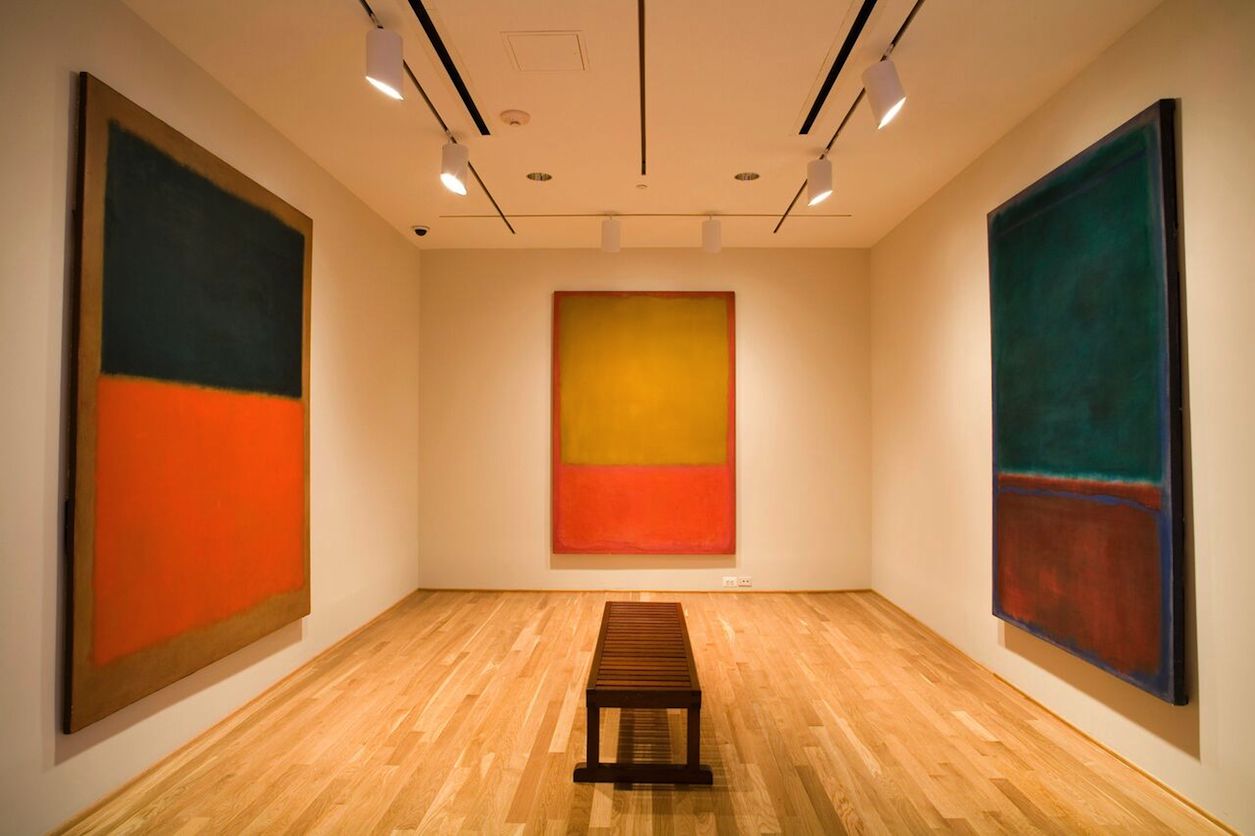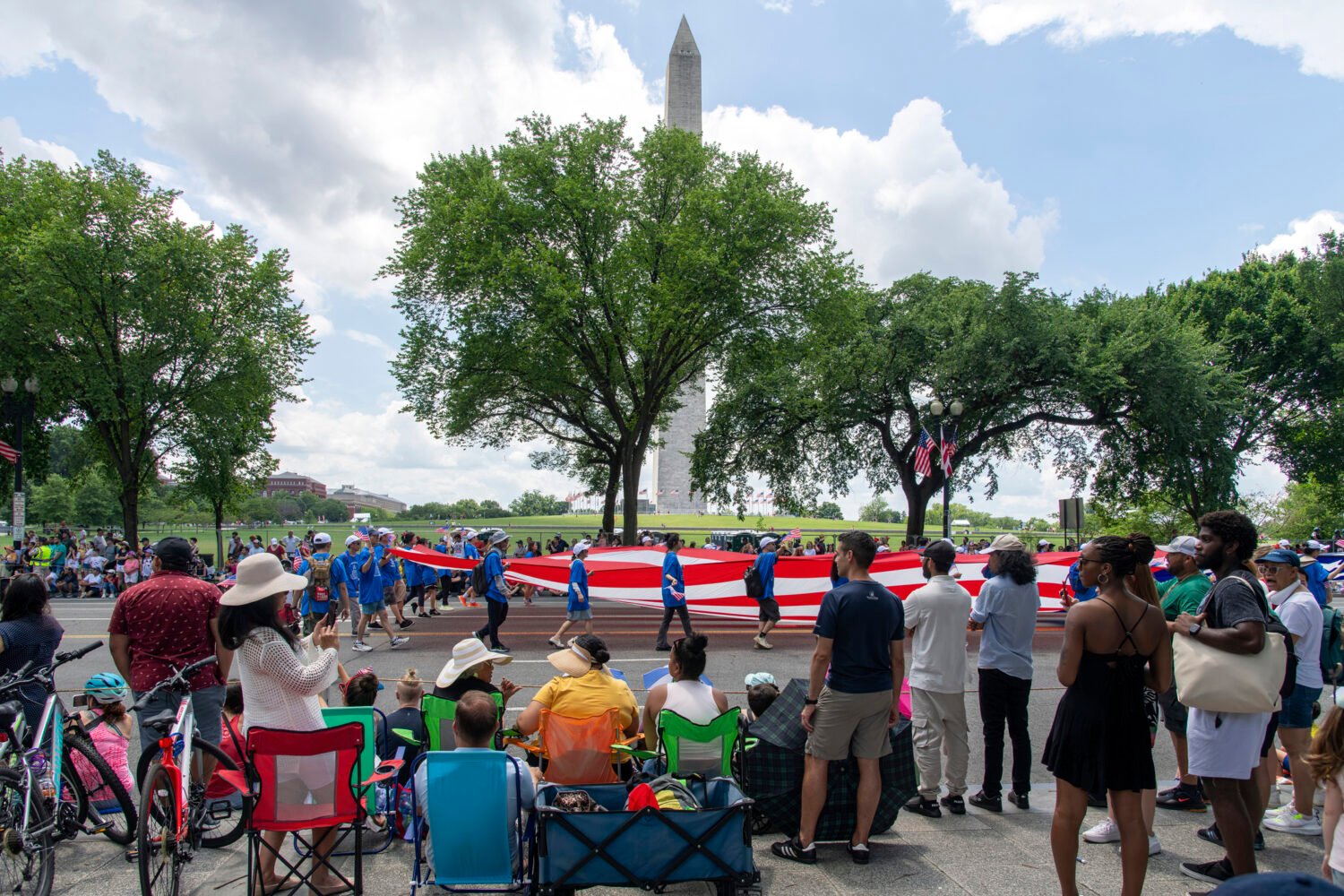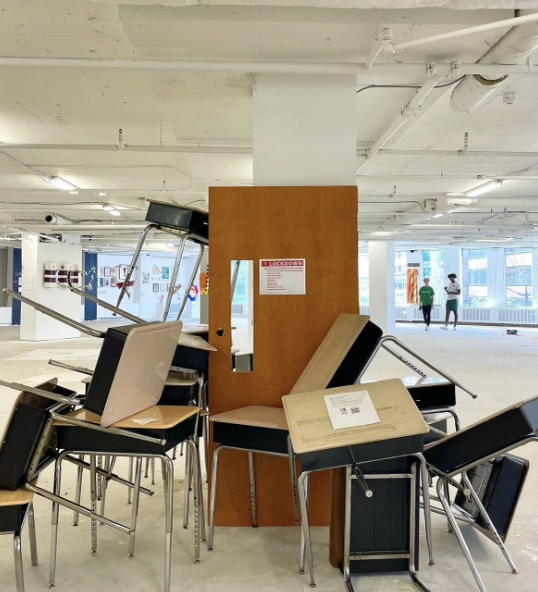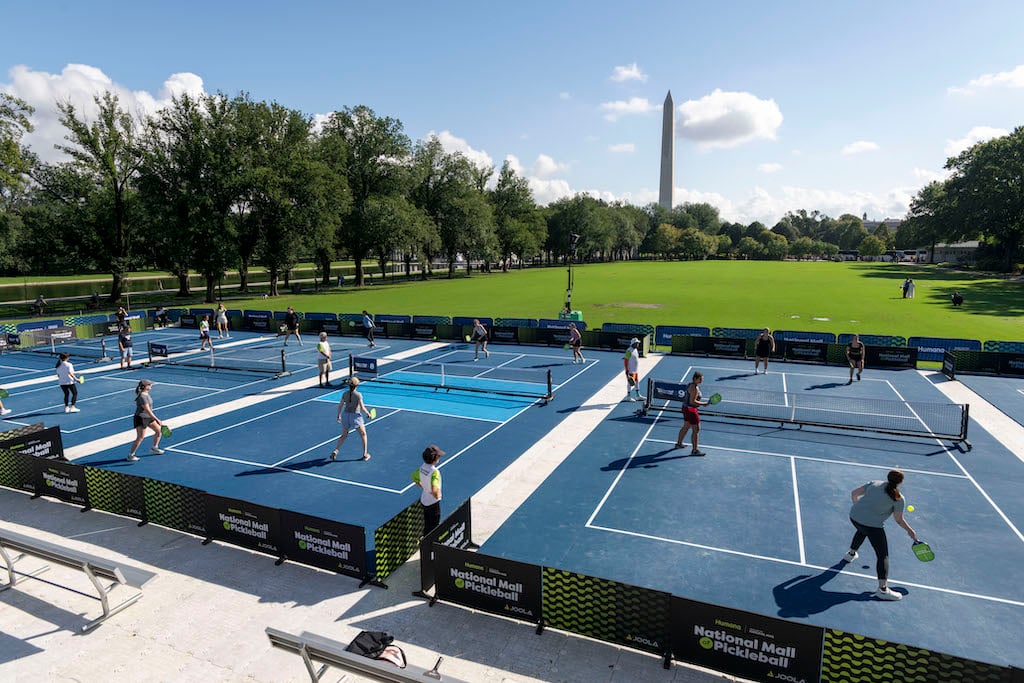The Phillips Collection and the University of Maryland have announced a new partnership to promote innovation and scholarship in the arts. The two institutions have worked together on exhibits and events before, but today marks the beginning of a major six-year collaboration.
It isn’t the university’s first attempt to collaborate with a private museum. Last February, after months of negotiations, the Corcoran Gallery of Art ditched plans to merge with UMD, opting to form a deal with George Washington University and the National Gallery of Art instead.
Through its partnership with the Phillips, the University of Maryland aims to establish more of a presence in DC and bolster its reputation as a destination school for the arts. The Phillips plans to introduce new education programs and transform its Center for the Study of Modern Art into the University of Maryland Center for Art and Knowledge at the Phillips Collection. Projects under the enhanced center include an expanded arts curriculum, at least two postdoctoral fellowships, a co-published biennial book prize, and a new music series.
“We consider this a really natural evolution,” says Elizabeth Lubben, media relations coordinator for the Phillips. “We’ve decided to punch it up to the next level to really enhance the way that art is viewed and consumed and appreciated in our community.”
For Phillips Collection director Dorothy Kosinski, the arrangement is mutually beneficial. “Partnerships are wonderful, I love saying ‘Yes, let’s give it a try,’ because it opens doors,” she says. “The university has faculty, expertise in areas that we don’t have like technology and digitization. We have this world-renowned collection of modern and contemporary art, the expertise of our curators and conservators, and a very elegant base here in Washington.”
The Phillips will grant Maryland students, faculty, staff, and alumni free admission to the museum, as well as special access to its collections for research purposes. Together, the partners are also planning the construction of a new facility in College Park, which will likely serve as both open storage and a gallery. The museum’s collection has grown more than 20 percent in the last six years, and this new space will offer a new place to house their work while making it available to a broader audience.
“We want to be able to educate and delight people,” Kosinski says. “It’s a hugely transformative opportunity to expand what we can curate and what we can make accessible.”
While the initiatives announced today will unfold over a six-year timeline, Lubben says there will likely be more opportunities to work with the university in the future. “For me, what’s most exciting is that we don’t know everything that’s going to come out of this partnership,” she says. “This is just the beginning.”

















